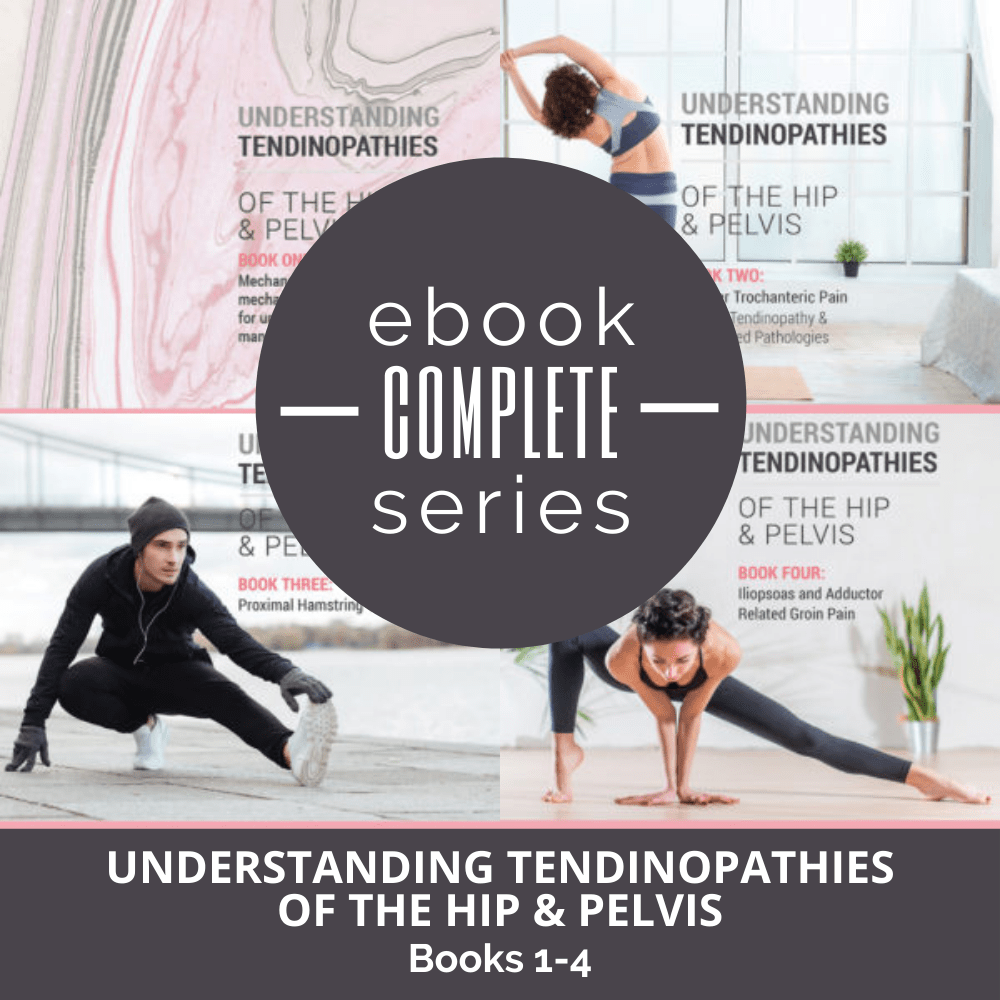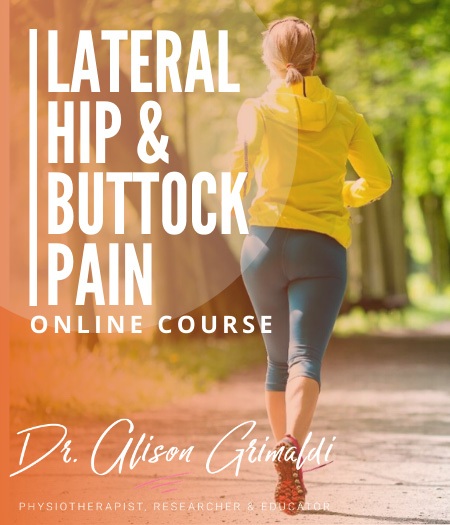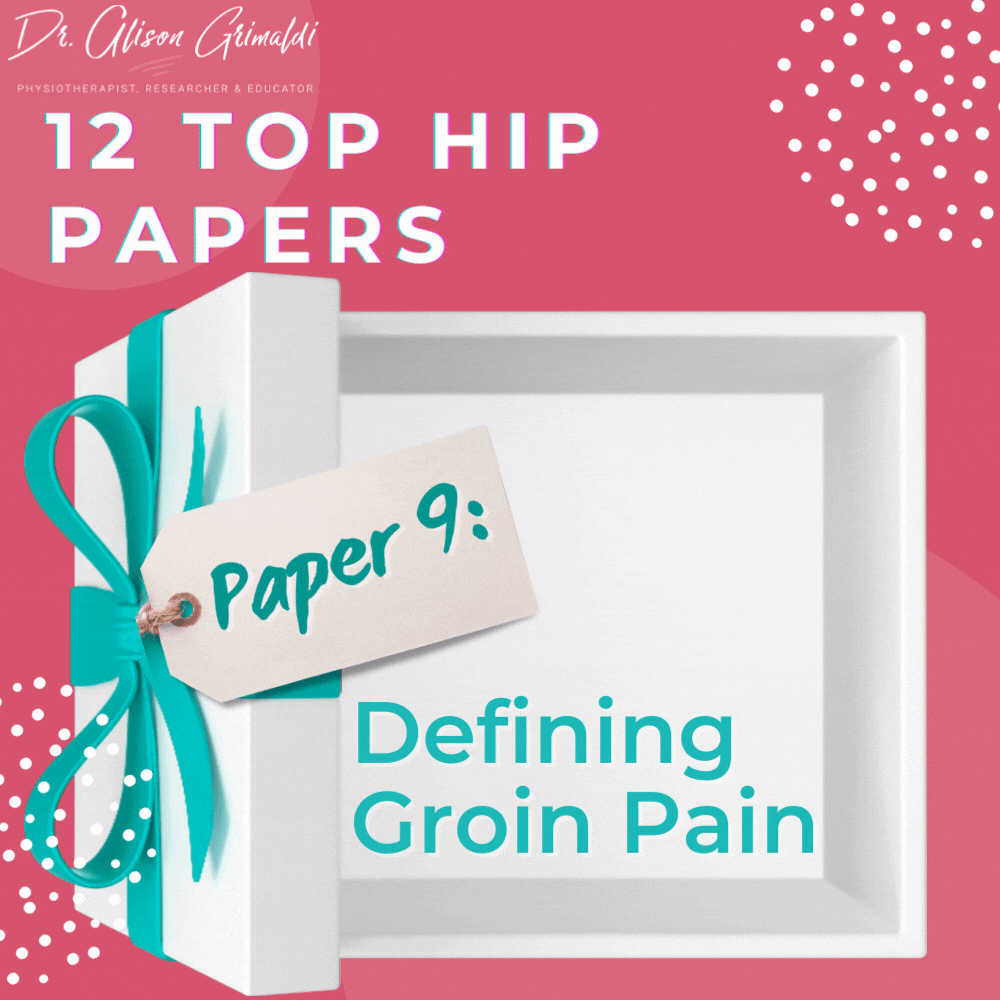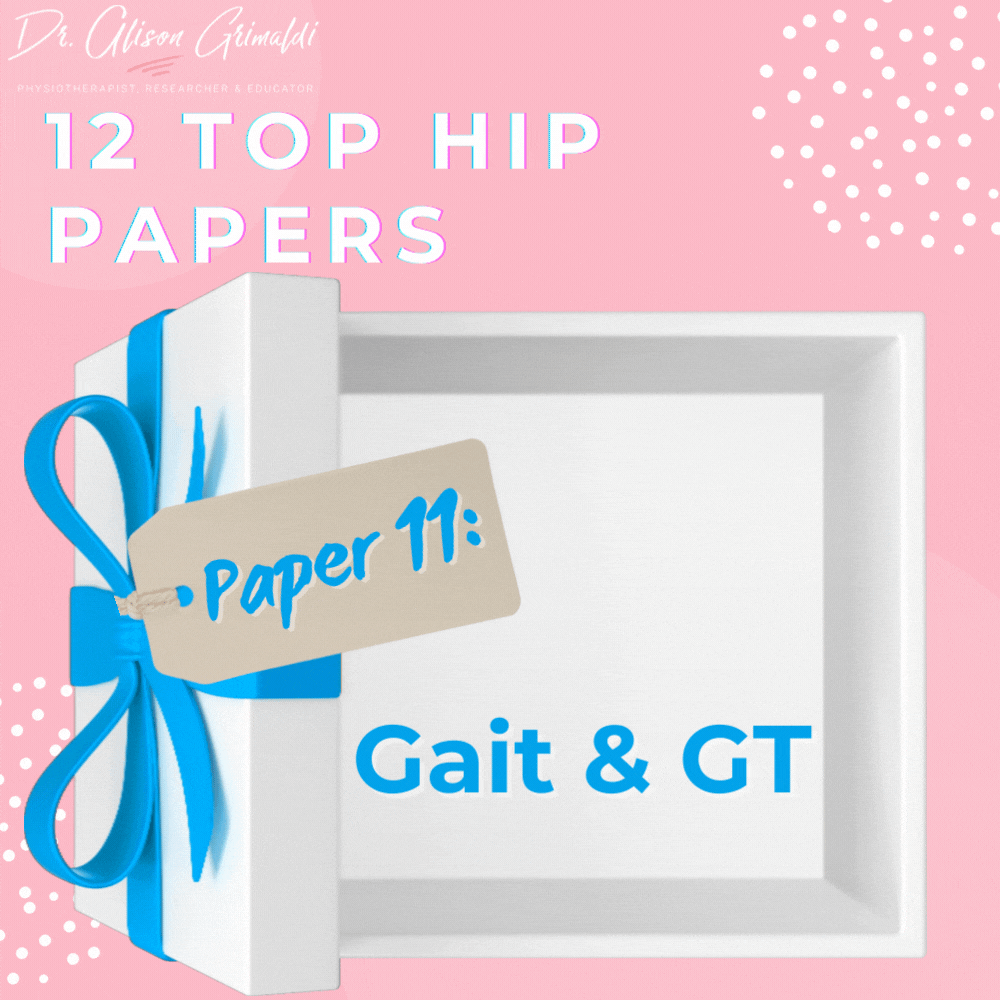10 of 12 Top Hip Papers – The role of compression in tendinopathy

Day 10 of the 12 Top Hip Papers miniblog series! Hope you've been enjoying this series of miniblogs featuring some top hip papers. If you want to go back and check out Days 1-9, head back to the main blogpage. We've covered joints, muscles and nerves, anterior hip, buttock and groin pain. All great topics and papers, and now I've saved a couple of my favourite topics for the last 3 days - tendons and lateral hip pain. Today's paper is not actually a 'hip paper' but a tendon paper. However, this paper has really important implications for how we manage insertional tendinopathies such as gluteal tendinopathy and proximal hamstring tendinopathy, by exploring the important role of compression in tendinopathy.
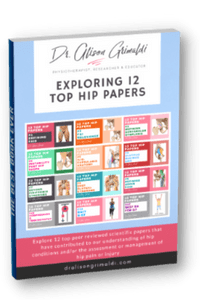
For your convenience, we have also developed this content into a FREE 26-page full colour ebook!
Packed full of 12 Top Hip Papers - peer reviewed scientific papers that have contributed to our understanding of hip conditions and/or the assessment or management of hip pain or injury.
PAPER 10: Is compressive load a factor in the development of tendinopathy?
Jill Cook and Craig Purdam published a number of influential papers with regard to tendinopathy, possible aetiological mechanisms and how these factors impact our assessment and management of tendinopathy. This paper brought together key information from basic science and clinical studies and helped guide us in translating this information to clinical practice.
The key points of this paper centred on the importance of compressive loading elements. Compression has been shown to induce tendinopathic changes. Compressive loads occur where a tendon sits adjacent to a bone, prior to its insertion or as it runs around a bony pulley. Loads are even higher when the attaching muscle is actively contracting or on stretch. A combination of excessive tensile and compressive loads appears most problematic for tendons.
Load management had previously focused primarily on reducing the volume and/or intensity of the training load and addressing any apparent biomechanical issues. They suggested that adjusting compressive loads in insertional tendinopathies would provide an important further unloading strategy for painful tendons.
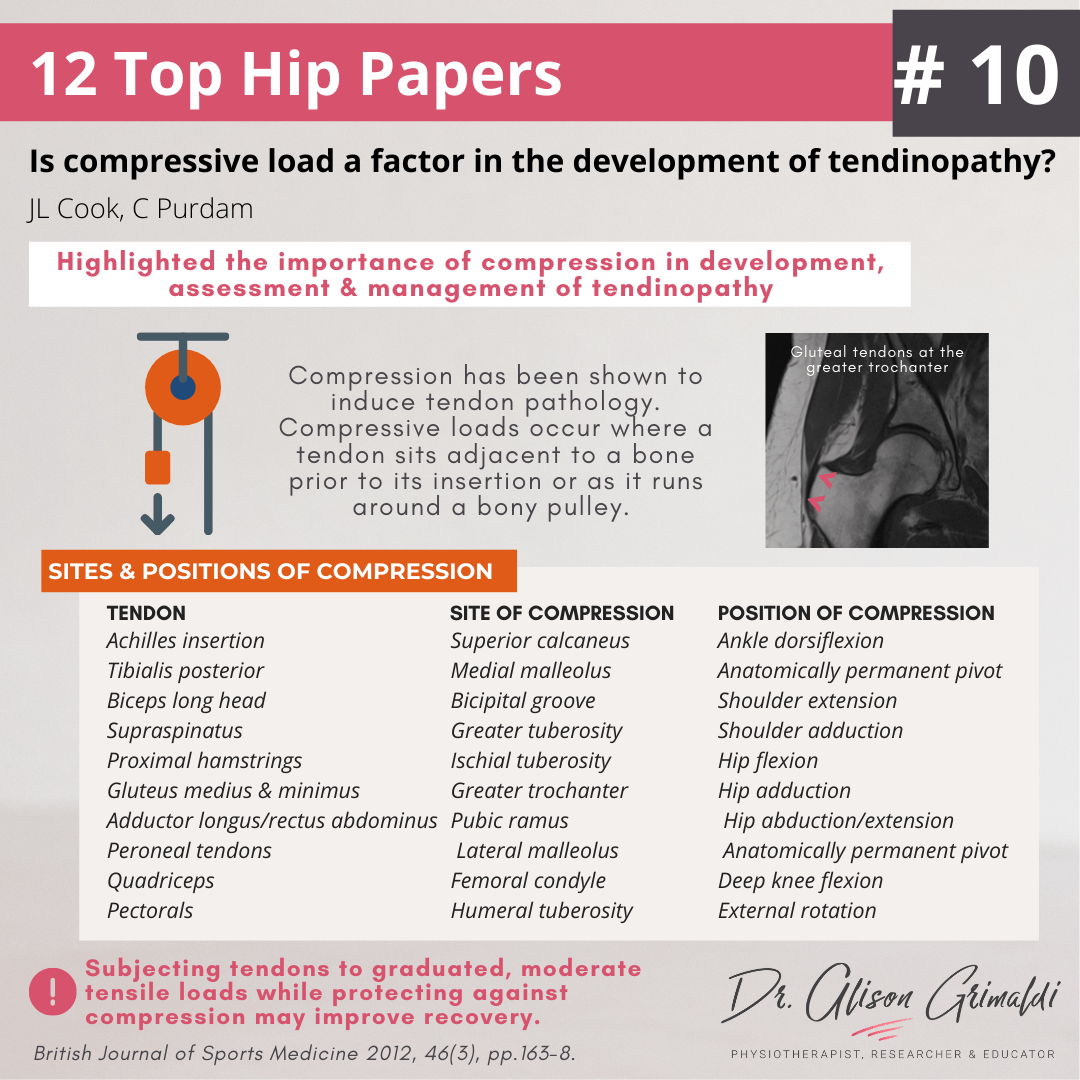
Key learnings about the role of compression in tendinopathy:
- Excess compression of a tendon at a bony interface may induce pathology and pain.
- Complete rest from tensile loads reduces mechanical strength of a tendon.
- Subjecting tendons to graduated, moderate tensile loads while protecting against compression may improve recovery.
- Reducing tendon compressive load is relatively easy with close attention to joint position – this is specific to each tendon.
Such important messages for clinicians treating tendinopathy! If you'd like to learn more about tendinopathies of the hip, I have highlighted the course and ebooks that will be most helpful for you on this site - see below. These are all included in Hip Academy membership, so you might like to explore the added benefits of Hip Academy and take advantage of this holiday offer.

Join Hip Academy Today
Join Hip Academy Today
By becoming a member today you can enjoy the benefits of a world class educational Hip Program, specifically designed by Dr Alison Grimaldi to help improve your knowledge surrounding the Hip and Pelvis, and become an expert in your field.
By becoming a member today you can enjoy the benefits of a world class educational Hip Program, specifically designed by Dr Alison Grimaldi to help improve your knowledge surrounding the Hip and Pelvis, and become an expert in your field.
Like to learn more about hip tendinopathies?
You might like to explore my ebook series. Purchase one or the whole series, or the physical book.
- eBook 1: Mechanobiological mechanisms of tendinopathy
- eBook 2: Gluteal Tendinopathy & Associated Pathologies
- eBook 3: Proximal Hamstring Tendinopathy
- eBook 4: Iliopsoas & Adductor Related Groin Pain
Like to learn more about assessment and treatment of patients with gluteal or proximal hamstring tendinopathy?
In this course, you can find detailed information on pathoaetiology, assessment and management of insertional tendinopathies associated with lateral hip and buttock pain and many other conditions.
Reference

